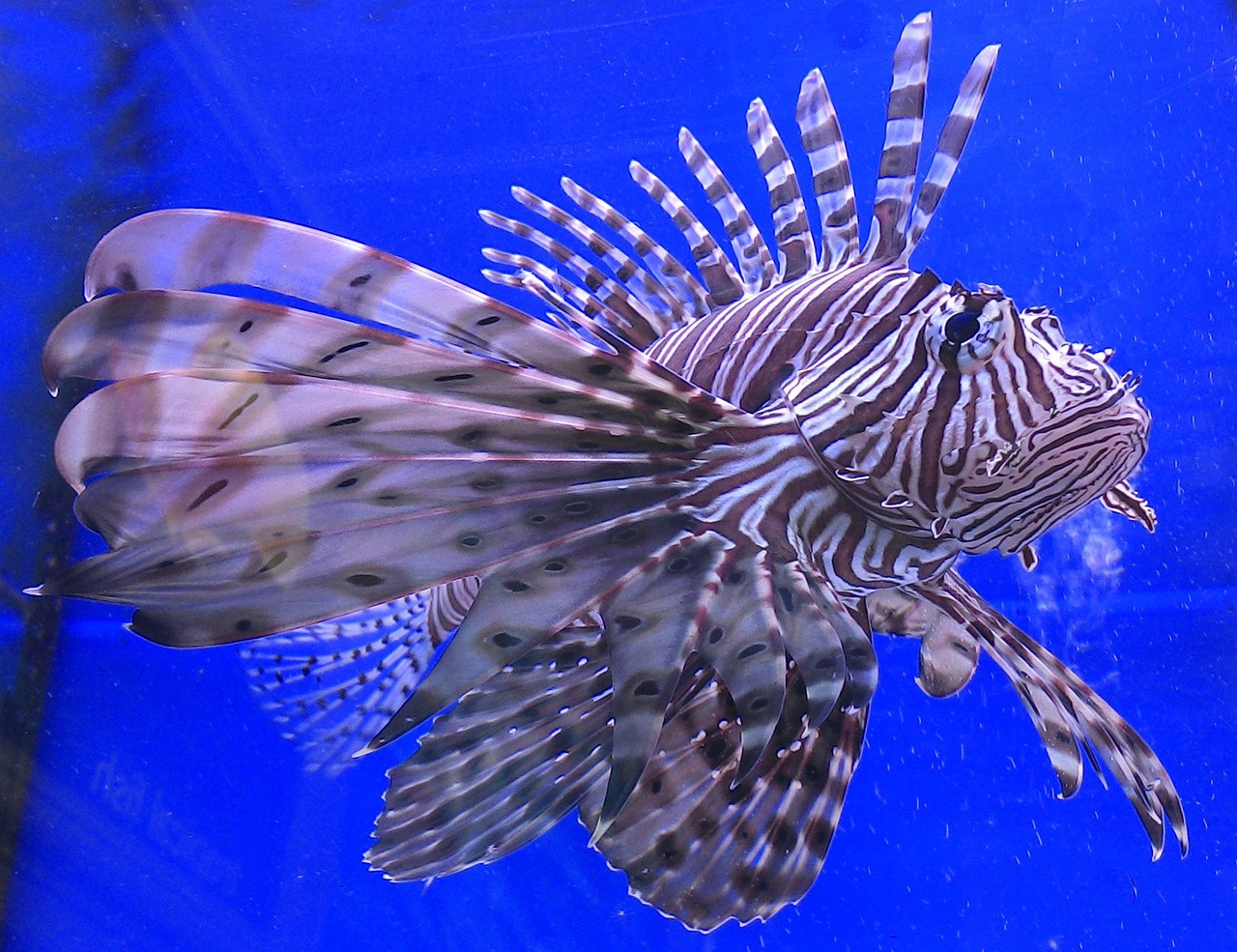The Mediterranean Sea, once the cradle of civilizations and a dream destination for millions, is undergoing a dramatic transformation. Driven by relentlessly rising water temperatures, we are witnessing a process that scientists call “tropicalization.” Exotic, heat-loving species from the south are invading our waters, while long-established ecosystems are collapsing. The consequences are already being felt today—for nature, the economy, and for every one of us.
Record Temperatures as the Driver of Change
Data from the Copernicus Climate Change Service paints a grim picture. In June, the average sea surface temperature already reached 20.72°C, the third-highest value ever recorded for the month. The situation is particularly dramatic in the western Mediterranean, which is being hit by an unprecedented marine heatwave. Here, 27.0°C marked the highest-ever recorded daily average temperature for this area in June. An absolute shock record was measured on June 30th at the Dragonera buoy with 30.5°C—almost seven degrees above normal. These extreme conditions are the breeding ground for a biological revolution beneath the surface.
New Inhabitants: Exotic Species Conquer the Mediterranean
A recent study by the Spanish Institute of Oceanography (IEO-CSIC) confirms what many have feared: a scientific team has documented 25 new fish records in the Spanish Mediterranean, 23 of which correspond to species never before seen here. Researchers like José Carlos Báez from the IEO-CSIC explain that species from warmer regions are migrating through the Strait of Gibraltar or the Suez Canal, acclimatizing, and beginning to compete with native species for habitat and food.
Among the most prominent newcomers are:
- The Fireworm (Hermodice carunculata): Once native only to the Canary Islands, it is now increasingly spotted off the Catalan coast. Its touch can cause painful irritation.
- The Lionfish (Pterois miles): This species, native to the Indian Ocean, is a particular threat. It is “territorial, venomous, aggressive, and voracious” and has already been detected in the waters of Almería, where it stresses native species and decimates their populations.
- The Canary Damsel Fish (Sparisoma cretense): Also known as the parrotfish, it is spreading rapidly and has been sighted for the first time in the Balearic Islands and Almería, confirming its unstoppable westward expansion.
The Silent Victims: Native Ecosystems Under Pressure
While new species arrive, others die silently. Particularly affected are sessile, benthic organisms that cannot escape the heat. The most prominent victim is Posidonia oceanica, or Neptune grass. César Bordehore, a professor of marine ecology at the University of Alicante, warns: “We are seeing large areas that were once meadows of Posidonia disappearing.” These underwater meadows are the lungs of the Mediterranean. They purify the water, produce oxygen, sequester carbon, and serve as a nursery and refuge for countless species. Their death has catastrophic consequences for the entire marine biodiversity.
Widespread Consequences for Humans, the Economy, and Weather
Tropicalization is not an abstract ecological problem. It has tangible consequences for our daily lives and our economy.
- Tourism: Researcher Báez warns: “Spain is a tourist country that lives off the ‘fried fish,’ the sardine skewers, and the beach.” The deterioration of water quality and the appearance of invasive species like the Asian algae (Rugulopteryx okamurae), which clogs beaches and fishing nets, threaten this model.
- Fisheries: Fishermen are increasingly catching species of lower commercial value, such as the blue crab or the lionfish, while traditional catches decline.
- Weather and Health: A warmer sea leads to tropical nights, where temperatures do not drop below 20°C or even 25°C. This makes rest difficult and poses a health risk. Furthermore, the risk of severe storms and extreme weather events increases.
Solutions: Can Marine Protected Areas Help?
Faced with this threat, experts like Bordehore are calling for a paradigm shift. He advocates for the creation of large marine protected areas where 30% of the sea is off-limits to fishing. The reason: “Fish and crustaceans lay more eggs in proportion to their weight the older and larger they are.” Large, old individuals are exponentially more reproductive. Such protected areas could act as “fish factories,” whose offspring would replenish fishable areas, thus securing the fishing industry in the long term. The paradigm must change: away from pure extraction and towards sustainable management that strengthens the resilience of the sea. The Mediterranean is at a turning point, and only decisive action can save this unique habitat.




